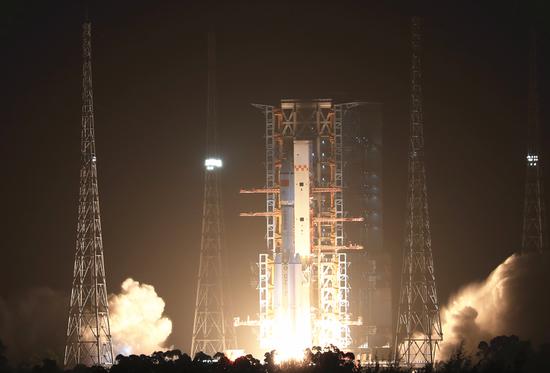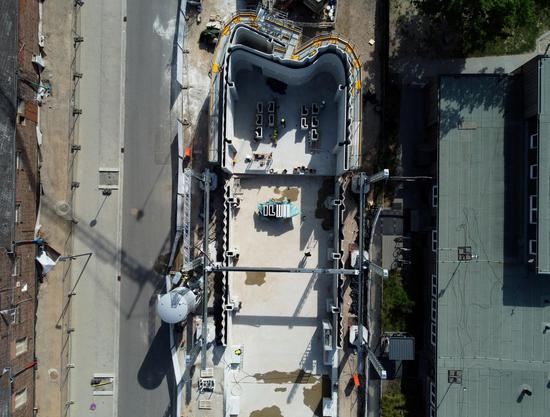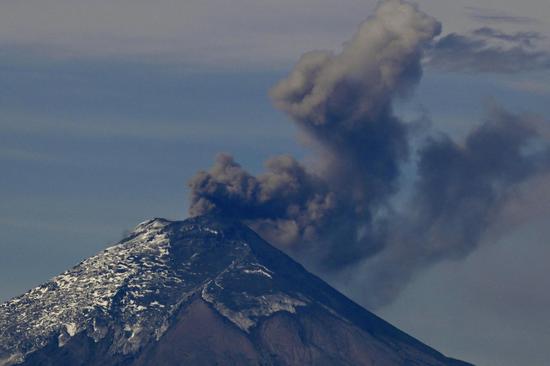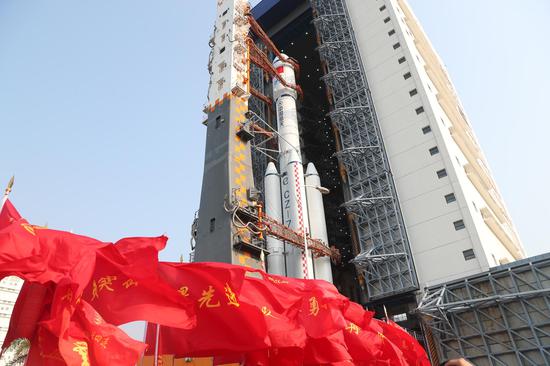(ECNS) -- China's Large High Altitude Air Shower Observatory (LHAASO) - one of the country's key national science and technology infrastructure facilities, passed national acceptance procedures on Wednesday evening, hoping to reveal athe origin of cosmic rays, a century-old mystery.
Composed of over 20 experts, the national acceptance committee concluded that LHAASO's indicators meet or exceed the approved acceptance criteria.
The acceptance committee stated that LAHHSO has become the world's most sensitive ultra-high-energy gamma-ray detection facility, the most sensitive survey telescope for very high-energy gamma-ray sources, and the widest energy coverage ultra-high-energy cosmic ray stereoscopic measurement system.
LAHHSO has become one of the three major international experimental facilities in particle astrophysics. This achievement is of great significance in making major breakthroughs in the field, driving the development of frontier interdisciplinary studies, and fostering international cooperation.
It takes more than 13 years from the concept of the large facility to its operation, according to the Institute of High Energy Physics, Chinese Academy of Sciences.
LHAASO launched its first set of detectors and began scientific observation of very high energy cosmic rays in April 2019. Full-scale detection began trial operation in July 2021. Overall performance has proven reliable, and it possesses long-term stable scientific operational capabilities.
LHAASO is one of China's major national science and technology infrastructure projects and is located in the Mt. Haizi National Reservation at 4,410 meters above sea level. The project was approved as part of the country's “12th Five-year Plan” (2011-2015).


















































 京公网安备 11010202009201号
京公网安备 11010202009201号